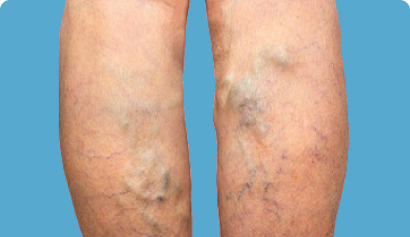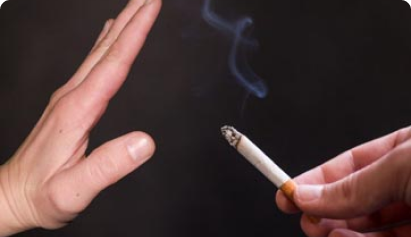

IJV Thrombosis
IJV Aneurysm
Vascular Malformation
Subclavian Artery Stenosis
Subclavian Artery Occlusion
Subclavian Artery Aneurysm
Thoracic Outlet Syndrome
Ceruical RIB
Acute Limb Ischemia
Trauma
Raynands Syndrome
Vasculitis
Gangrene
IVC Thrombosis
IVC Tumour
Aortic Thrombus
Aortic Occlusion
Mesentric Vessel Disease
Iliac Artery Stenosis
Iliac Artery Occlusion
Iliac Artery Aneurysm
Vascular Malformations
DVT
May Thurner's
ILIAC VEIN STENOSIS
ILIAC Vein Occlusion

Surgery in Hyderabad
We are serving the best and most affordable vascular operation in Hyderabad. You can avail all the therapeutic vascular services here. We have achieved milestones in serving best vascular health to our patients. Hyderabad Vascular Center has been serving the society for years keeping our patient’s trust at priority. We are into very fair therapeutic practices to serve you best vascular surgery in hyderabad at a price that you can afford.
Our Services
- Varicose Veins/ Microsclerotherapy
- Peripheral Vascular Disease
- Aortic Aneurysm
- AV Fistula
- Diabetic Foot/ Podiatric Surgery
- Endovascular Surgery
- Day Care Surgeries
- Vascular Lab
Aorta is the largest artery of the body. Its average normal diameter in the chest (thoracic aorta) is up to 28mm, and around 20mm in the abdomen (abdominal aorta). The normal diameter of the abdominal aorta ranges between 14 – 30 mm.
When a weak area of the abdominal aorta bulges or expands to reach over 1.5 times its average normal diameter, it is called an aortic aneurysm. The pressure of the blood with every heart beat can cause a weakened area of the aorta to gradually bulge (much like a balloon).
The term aortic aneurysm is used as almost equivalent to the term aortoiliac aneurysm, because of the fact that the iliac arteries are quite commonly also aneurysmal in the presence of an abdominal aortic aneurysm and their treatment is typically common. Isolated iliac artery aneurysms are rare. A common iliac artery is considered normal if its diameter is less than 17mm (males) or 15mm (females), ectatic if between 17-25mm, and aneurysmal if above 25mm.
Its a very narrow or blocked artery usually due to atherosclerosis (or hardening of the arteries), which affects the arteries of your leg(s), and is called peripheral occlusive arterial disease. This blockage reduces the blood flow to your limb to such a low level that its function is affected either causing you symptoms, such as disabling intermittent claudication, or putting the viability of your foot at risk, as in critical limb ischaemia.
The main artery in your abdomen, the abdominal aorta, has a weak and swollen area (abdominal aortic aneurysm). In order to prevent bursting (rupture) of the aneurysm, you need to have an operation for replacement of this part of the aorta with a graft.
A condition called end-stage chronic renal failure, which means that your kidneys have suffered permanent damage so that they cannot clear your blood efficiently from certain toxic substances circulating in it. Your kidney function will be replaced by the dialysis machine (artificial kidney) to which you will be connected 3 times a week.
This connection is performed via two fine and flexible catheters, which will be introduced in your vein through the skin each time. The first catheter (“artery”) will direct your blood to the machine, where it will be filtered. The blood, cleaner now, will be returned to your circulation via the second catheter (“vein”) and through the other puncture site.
The angioaccess (or vascular access) procedures, namely the construction of a fistula or a graft implantation, aim at creating the possibility for the Dialysis Unit staff to have easy access to a vein of yours, which should lie just under the skin and maintain a high blood flow, so that it can be easily and safely punctured.
Diabetes mellitus (DM) damages certain nerves to the feet and hands (diabetic neuropathy) and may cause:
- Loss of feeling, tingling and pain in your feet. These sensations normally protect and warn you of injuries to your feet
- Muscle weakness and foot deformity (neuropathic arthropathy)
Diabetes also makes the arteries which supply your legs with blood more susceptible to hardening, a condition called peripheral occlusive arterial disease, which may reduce the blood flow to your feet.
Endovascular surgery is a procedure that is performed using minimally invasive catheter techniques on the arteries or veins. Procedures include aneurysm repair, grafts, stents, varicose vein repair, and more. Endovascular surgery is often performed on an outpatient basis.
Day Care Surgery is a revolution in the field of medicine. In a day and age where life is governed by effective time management, the option of availing of quality surgical care within the span of a day is a blessing for individuals and their families. With day care surgery a patient recovers from surgery and is fit to return home the same evening without an overnight stay in the hospital.
Our doctors provide high quality surgical care to patients without overnight hospitalization. Dr Narendranadhmeda is expert in day care surgeries and has helped increase awareness about single day surgeries. In day care or ambulatory surgery a patient does not stay overnight at a healthcare centre, but gets discharged within a few hours of the procedure. As the patient is treated in an outpatient setting, it is also known as outpatient surgery
Hyderabad Vascular center has a dedicated ultrasound service that provides a broad range of non-invasive vascular diagnostic services, using ultrasound imaging, Doppler blood flow evaluation and physiologic testing. This allows for the assessment, diagnosis and management of suspected vascular disorders.
We use state of the art equipment and technology. Our team of dedicated specialists are recognised in the area of vascular testing and are able to provide excellence in vascular ultrasound with the highest levels of testing accuracy and reliability, while maintaining patient comfort and care.
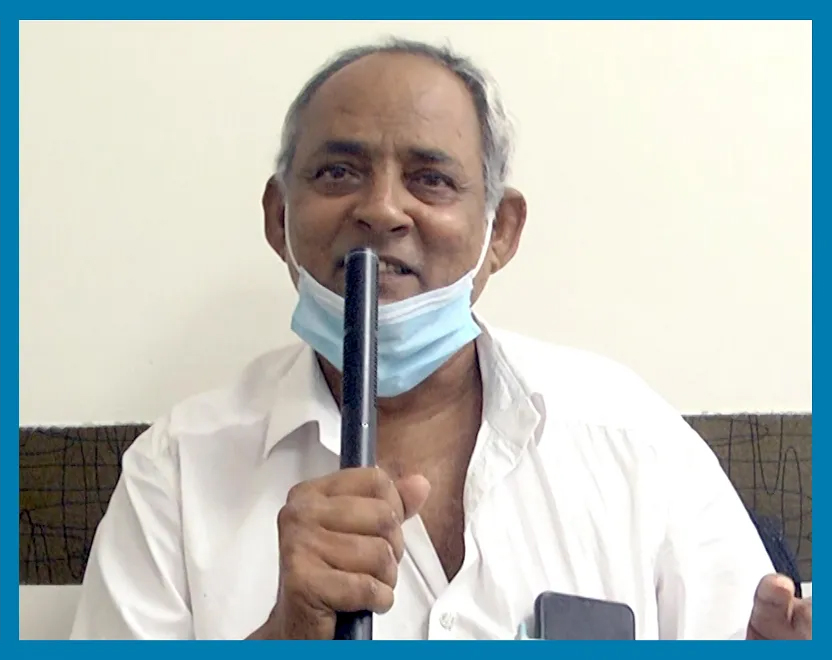
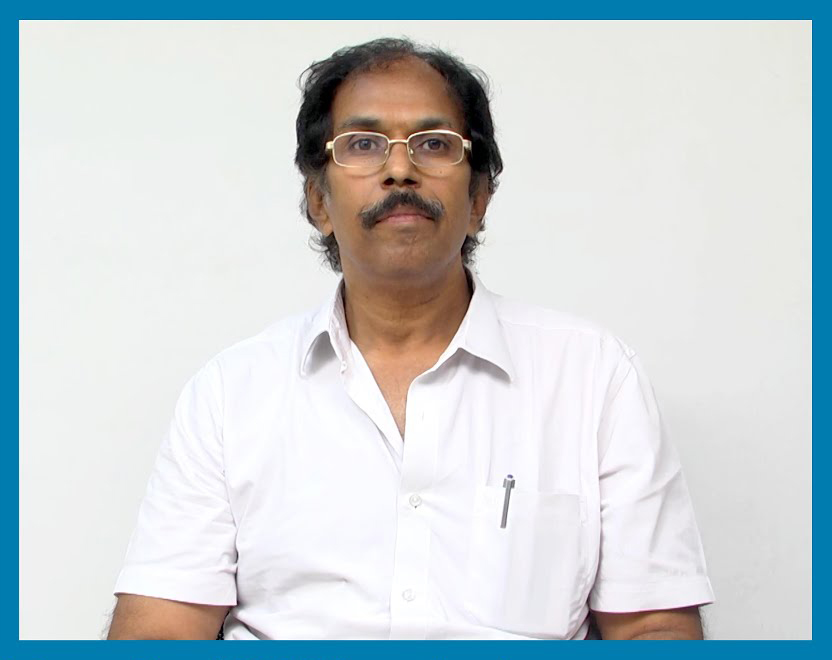


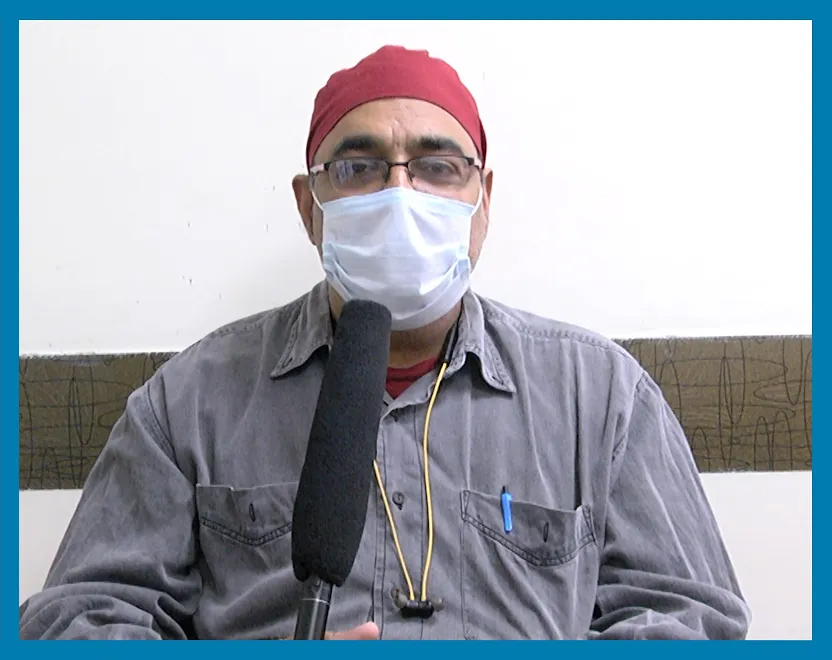
Are women more likey to get varicose veins?
Around half of the female population develops varicose veins in…
Do’s And Don’ts For Varicose Veins
Varicose veins are twisted and enlarged veins that usually occur…
How does smoking cause peripheral vascular disease?
Smoking is injurious to health. But most people associate the…
Varicose vein removal is often covered by insurance for the majority of people who seek treatment for the condition. This is because insurance companies understand that vein sickness is a serious, non-cosmetic condition.
After the anesthetic effect wears off, you can begin walking right away, usually after two to three hours. Although you must wear compression stockings for two weeks, your normal activities won't be affected.
The laser technique has no significant aftereffects. In fact, two to three hours following surgery, you can begin walking. Minor bumps and soreness that doesn't interfere with your everyday activities might occur at first.
For both men and women, foam sclerotherapy is a less invasive method of getting rid of unattractive varicose and spider veins.
Lidocaine injections, a numbing medication, are used throughout the surgery, which lasts roughly an hour. The vein is threaded with a tiny laser fibre. Blood is forced to go to other, healthy veins as a result of the laser's energy sealing off the vein.
In the majority of instances, the discomfort and appearance of the varicose veins will be significantly reduced. For individuals who want an even more dramatic aesthetic outcome after the treatment, we do provide sclerotherapy.










